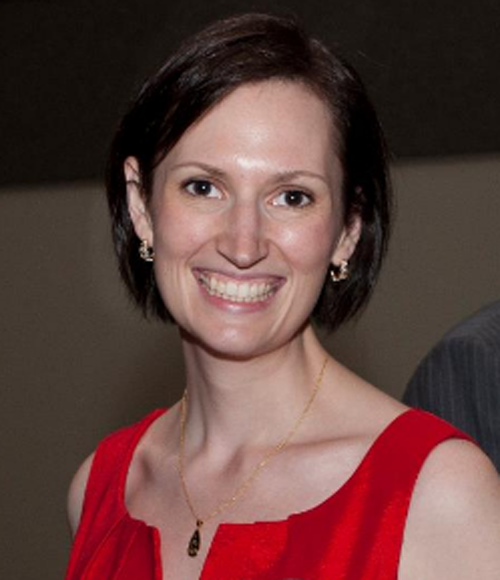
Organizations like to be able to boast that the physical space they use is environmentally-friendly. It makes them look good – and, as a result, they’ll pay higher rents to get them. U of G marketing and consumer studies professor Avis Devine wanted to know if residential rental properties could also attract higher rents.
“In commercial rentals, the ‘green’ properties are primarily rented by organizations who want to be seen as doing good things,” Devine explains. “In fact, the fourth most common user of LEED office space is the petrochemical industry. But that doesn’t hold true for residential renters.”
To find out if those residential renters would also be willing to pay a bit extra, Devine collected data on multi-family rental buildings across the U.S. and found that people were indeed coughing up extra dollars to live in environmentally-friendly apartments. “That raises a couple of questions,” she says. “The first is why and the second is how much more?”
She suggests some possible reasons: people see the “greener” buildings as having more prestige, they are genuinely concerned about helping the environment or they see it as a way to save money. The motivation may vary from one community to another: in some places, such as the Pacific Northwest, the green building was now the standard. Education also seemed to be a factor, and more urban areas had higher premiums for the environmentally-friendly buildings.
The extra amount people are willing to pay probably depends on their motivation, adds Devine. “If people are doing this mostly to save on their utility bills, they may not be willing to pay more than that. If they are going to save $50 a month, then they might pay $45 a month more in rent, but not $100.” Those who are motivated more by prestige or sustainability might be willing to pay a higher premium.
In related research, Devine examined the effectiveness of incentive policies designed to encourage the construction of LEED-certified homes. She reviewed the incentives provided at the municipal, county and state level, and the outcomes across the U.S.
“Some of the incentives offered are fee reductions, tax credits, cash grants, expedited permits and density bonuses. The density bonus might be given in a situation where a developer proposes a building with 50 units to meet local zoning rules and is told that if they build it green, they can have 60 units instead,” Devine explains.
She found that, in general, municipal strategies were by far the most effective, and the incentives with a definite financial gain, such as a tax credit or a grant were the most likely to work. “Something like a density bonus could work in a large city,” she adds, “but they were seen as less of a benefit in suburban or rural areas.”
Devine grew up in Buffalo – “just 10 minutes from Canada,” she says – and completed her MBA at Duquesne University in Pittsburgh, Pa., while working full-time for Dollar Bank, where she was responsible for underwriting and valuation of commercial real estate. “My undergrad degree was financial economics, but when I was hired to work in real estate I fell in love with the subject,” she adds.
In 2009, she left the bank to do her PhD in finance at the University of Cincinnati and graduated in August 2013 before coming to U of G, where she plans to continue her studies on energy-efficient real estate and residential rental properties. “There are plenty of data and research on office space and commercial real estate, but not much on residential rentals,” Devine says. “I’d like to do something about that.”
She’s also studied how renters can cushion the decline during a real estate market crash and speed up the recovery. “There are always people who rent, because they can’t qualify to buy a house,” she explains. “But there are also many who rent by choice.”
If the housing market begins to fall, that second group of renters may decide that it is worth buying a house after all, because their mortgage payments may now be cheaper than rent. Once some homes begin to sell to these renters, housing prices stop dropping and start to go up. Devine found that the percentage of renters in different communities varied quite dramatically – in some, there were only 17-per-cent renting; in others renters made up more than 40 per cent. “I found that for each one-per-cent increase in renters, there was a one-per-cent increase in the rate of recovery,” says Devine.
“I am fascinated by real estate, because it touches everybody in some way. We all need a place to live, so the topic is very pragmatic and practical. I’ve had tremendous feedback on my research from communities who are eager to implement policies that build on it,” she says.
Devine is pleased to be living reasonably close to her family in Buffalo again. Other things she likes about life in Guelph: the two poutineries in town, the opportunities for choral singing (she sang with the Mendelssohn Choir in Pittsburgh) and people who share her love of hockey, though maybe not her favourite team. “No, it’s not the Leafs. I’m a die-hard Steelers fan.”